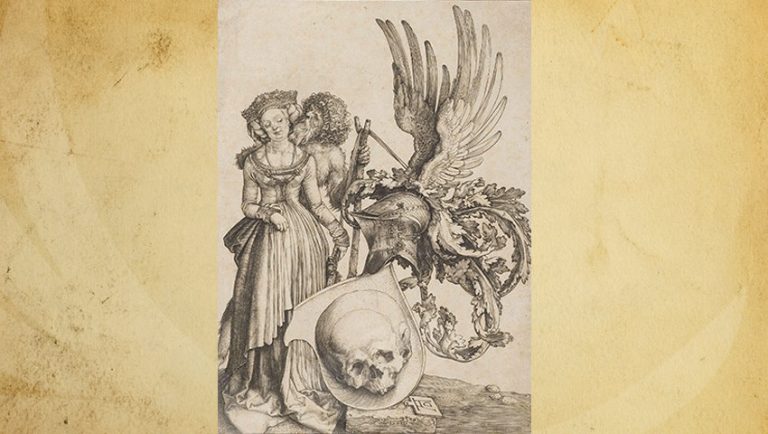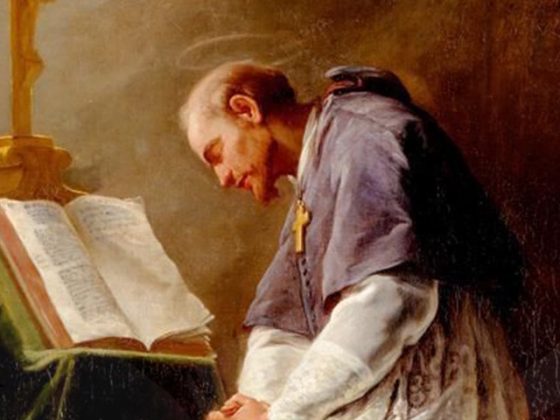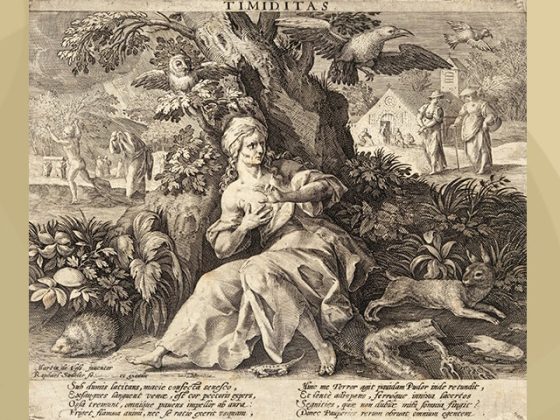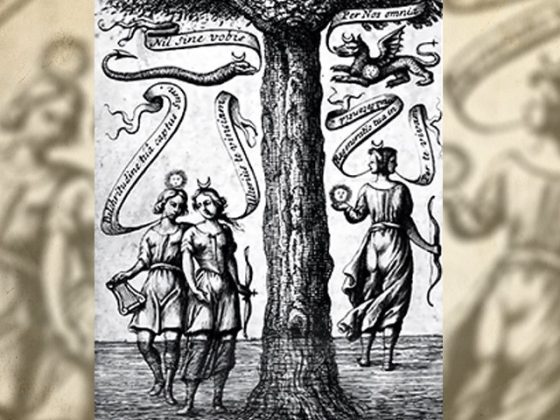Dearly beloved readers:
I am writing to send you this engraving entitled…
…THE THREE AGES
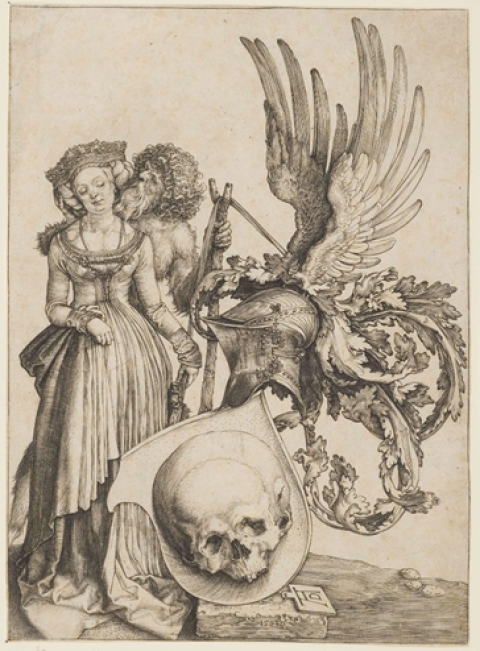
Albrecht Dürer (1471 y 1528)
Originally, this engraving was called The Coat of Arms with a Skull, but in truth its meaning goes beyond such a description. The engraving was the work of the illustrious Albrecht Dürer, a Renaissance painter who lived between 1471 and 1528, and was made in 1503.
Dürer reformulated the theme of the memento mori in a brilliantly unusual way. The woman dressed for a feast is identified by her crown as a bride, but the person hugging her from behind is a savage man. This traditional figure from German folklore is often present at weddings, but his shield, invisible to the young woman, reveals that he is a substitute for death.
It is very interesting to see the woman all dressed up, adorned with her clothing fitting for the beauty of youth. She wears curls in her hair and a wonderful crown on her head, for it is true that youth is the crown of our existence.
Behind her we see a savage man carrying with him a staff on which he leans. That is our old age, and old age always longs for the times of youth. Hence, he is attracted to the beautiful young woman as if he wanted to possess her.
This maiden holds with one of her hands –the left hand– a ribbon that sprouts from the wings that, by the way, pass through the staff at the top of it. These are the wings of inspiration, the wings of the creative imagination that we should never lose in order to always remain in that youthful age, within ourselves and on the outside.
The author wanted us to be able to contemplate a helmet and some flowers that surround it to make us understand that these sacred values of youth must be defended at all costs in order to keep death away from us.
Death is symbolized by a shield resting on an ancient book. It is the book of life, the book of our life. Some authors comment that the angle of the skull on the shield is exactly that of the young woman's head…..
We can see three stones on the ground of this engraving. Those stones are the allegory of youth, maturity and old age.
The savage man who tries to embrace the young woman in our engraving has indeed an unpleasant appearance. It is an appearance that reveals negligence, dirtiness, degeneration of our body when we have allowed it to fall into the arms of entropy and neglect.
Allow me to send you a few sentences for reflection:
“Youth always thrives on dreams.”
Descartes
“Young people are like plants: by the first fruits we see what we can hope for in the future.”
Democrats
“The desires of the young man show the future virtues of the man.”
Cicero
“Everything really passes, and youth sooner than everything!”
Rubén Darío
“Someone criticized an elderly man for wooing young women. He replied that that is the only way of rejuvenating oneself, which was everybody’s wish.”
Goethe
FAC QUOD FACIENDUM EST.
─‘Do what must be done’─.
KWEN KHAN KHU


